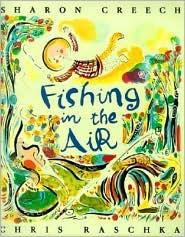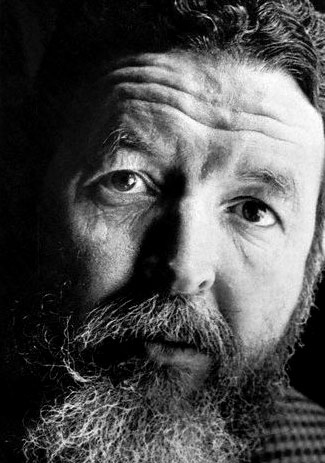Johnny Appleseed
Written and Illustrated by: Stephen Kellogg
Illustrated by:Grades: K-4
Published by: Morrow Junior Books 1998
Genre: Biography, Nonfiction
Written and Illustrated by: Stephen Kellogg
Illustrated by:Grades: K-4
Published by: Morrow Junior Books 1998
Genre: Biography, Nonfiction
Synopsis: This book tells the story of a man named John Chapman, also known as Johnny Appleseed. It is divided into nine short chapters that start with Johnny as a young boy. He likes to play alone in the woods and read to the animals. Mr. Crawford, a friend, teaches Johnny all about apples. This book goes on to tell the infamous story of how he planted apple trees to get his nickname. When he was 18, he went off and planted his own orchard. He takes care of pioneers and entrusts them to plant the bag of apple seeds he gives them. He then sets off to plant them on his own. He does good deeds along the way helping those in need. It then explains how tall tales are made up for him describing things he may have accomplished and tells who John Chapman is.
Theme/Skill: John Chapman, Agriculture, American History, Animals, Hospitality, Helping, Apple Trees. About the Author and Illustrator: Stephen Kellogg
About the Author and Illustrator: Stephen KelloggEver since Stephen was little he had a love for picture books and drawing. He attended the Rhode Island School of Design and majored in illustration. His senior year of college he was able to win a fellowship and study in Florence. When he returned to the states, he completed graduate work at American University. He began to submit picture books to publishers at this time as well. He has published numerous books including A Hunting We Will Go, Is Your Mama a Llama, Yankee Doodle, and Paul Bunyen.
Source used: http://www.stevenkellogg.com/index.html
Pre-Reading Activities: Bring in an apple and brainstorm what comes to mind when they see the apple. Ask what person this could be related to if no one mentions it. Talk about John Chapman also known as Johnny Appleseed.
Post-Reading Activities: Make a poem together as a class about Johnny Appleseed recalling what happens throughout the book. Look at different apples by bringing in different kinds and cutting into them. Use this to help the children learn about the different kinds and the stages of growth during the seasons. After you are done with discussion a good way to wrap up with a fun activity is to allow them to use the cut up apples to make apple stamps with paint to hang up around the classroom. Also, this could be done around the time your class is going on a field trip to the apple orchard.
Reflection: This book is a classic that many teachers use. I think this book would be great for teachers to use during the fall when apples are in season. Children can learn about an American hero named John Chapman as well as apples and where and how they grow. I think that this version of the story engages young readers through the picture book format which gives them brief text on each picture on the page. I think that the illustrations in this book focus on the apples by making them the brightest objects on the page. I think this helps keep the focus of the book, while readers hear about other things that Johnny Appleseed has done. I like how at the end it tells who John Chapman is and puts the reality in the story. I love this classic story that I think everyone has heard one time throughout their schooling.
Reflection: This book is a classic that many teachers use. I think this book would be great for teachers to use during the fall when apples are in season. Children can learn about an American hero named John Chapman as well as apples and where and how they grow. I think that this version of the story engages young readers through the picture book format which gives them brief text on each picture on the page. I think that the illustrations in this book focus on the apples by making them the brightest objects on the page. I think this helps keep the focus of the book, while readers hear about other things that Johnny Appleseed has done. I like how at the end it tells who John Chapman is and puts the reality in the story. I love this classic story that I think everyone has heard one time throughout their schooling.

























